- Have any questions?
- 080 2558 0771
- 080 2558 0772
- mail@beleastmail.com
Itinerary:
Day 1 : Ljubljana, Slovenia sightseeing and attractions
The small city of Ljubljana, capital of Slovenia, is small in size, and yet has a wealth of culture, sights and activities to see and do. Everything is within easy reach and a stroll away. The city is full of little bridges that cross the Ljubljanica River and has a buzzing student community.Walk up to Ljubljana Castle or take the 70m long funicular that leaves from the Old Town. The Castle dates back to Celtic times and the oldest structures that remain date from around the 16thcentury. Stand in the middle of the Presernov Trg, the city’s main square, and marvel at the wonderful architecture that is dominated by a monument to the national poet France Preseren. The Cathedral of St. Nicholas has stood since the 13thcentury. Inside it is a vision of pink marble, white stucco and gilt. And the City Museum focuses on Ljubljana’s history, culture and politics. Krizanke, the French Revolution Square, was for centuries the headquarters of the Teutonic Knights of the Cross, and was transformed into the Krizanke monastery complex in 1714. The Ilrija column in the centre of the square is dedicated to Napoleon. If time, explore Slovenia’s food and culture on a 3-hour sightseeing walking tour – visit five of the city’s favourite bars and cafes, hear about Slovenia’s history, and see some of the city’s sights.
Day 2 : Bled, Slovenia sightseeing and attractions
Travel to Bled, a picture postcard town, set close to an emerald-green lake, with a medieval castle clinging to a rocky cliff and with backdrops of the Julian Alps and the Karavanke Mountains. Perched on top of a steep cliff is Bled Castle – a superb medieval fortress with towers, ramparts, moats and a terrace offering magnificent views. Ride in vintage carriages on the Old Timer Train that travels 13km through the mountainous landscape. Be paddled in a gondola from Bled to the tiny island in the middle of the lake, and climb the south staircase up to the church and small museum. Bled’s baroque Church of the Assumption dates from the 17th century and is worth a look inside to see its large gold altar and fresco fragments from the 14th century. Walk to the Vintgar Gorge, an easy walk of 4km from Bled, and cross by the 1600m long wooden walkway that criss-crosses the swirling Radnovna River. Get active and rent a boat to paddle out on to the crystal blue-green lake, or take a plunge if you visit in the summer.
Day 3 : Bled to Zagreb, Croatia – Plitvice Lakes& Park
Travel by bus or train from Bled to Zagreb through some spectacular Croatian scenery. Zagreb combines the best of Eastern and Western Europe and still retains a good deal of old-world graciousness. Take a walk through the town centre and look up at the sober Austro-Hungarian buildings that are now home to elegant restaurants and fashionable boutiques. There are lots of green spaces in the city – Maksimir Park is popular for bikers, strollers and joggers, and nearby Jarun Lake is popular for swimmers and paddlers. If time, a 10 minute bus ride north of the city centre takes you to the Mirogoj, one of the most beautiful cemeteries in the Europe, at the base of Mount Medvednica. Sample some local dishes of homemade sausages, bean stews and strukli (dumplings filled with cottage cheese) and the city centre eastern European restaurants. The Ivica I Marica restaurant is based on the Brothers Grimm story of Hansel & Gretel and is made to look like a gingerbread house with waiters clad in traditional costumers. On to the Plitvice Lakes & National Park – a beautiful pocket of wooded hills in this World Heritage site with 16 sparkling turquoise lakes that are connected by waterfalls and cascades.
Day 4 : Plitvice Lakes & Park, Croatia
Spend a day wandering across the pretty wooden foot bridges that follow the mineral-rich waters of the lakes and cascades. Spot some of the animal life in the park that includes bears, wolves, deer, boar, rabbits, foxes and badgers. There are over 120 species of bird such as owls, cuckoos, thrushes, starlings and kingfishers. This is nature at its very best there is one restaurant in the Park that serves delicious lamb, local sausages and duvec (stew of rice, carrots, tomatoes, peppers and onions).
Day 5 : Plitvice – Split, Croatia
Travel by bus or hire a car from Plitvice to Split on the Croatian coast, via pleasant windy mountain routes and through the beautiful scenery of the Lika region. Split is the second-largest city in Croatia with a beautiful backdrop of coastal mountains against the sparkling waters of the Adriatic Sea. It is a lively city, and a visit to the Diocletian’s Palace – a Unesco World Heritage site and one of the world’s most impressive Roman monuments – is a must.
Day 6 : Split, Croatia sightseeing and attractions
Take a cultural walking tour and explore the Diocletian Palace with an expert local guide. The 2-hour tour covers all the must-visit sites, such as the underground cellars, Peristyle Square, Cathedral of St. Duje, and the Temple of St. Jupiter. Gaze in admiration at the town’s Romanesque churches, complemented by Venetian renaissance and baroque buildings. Bacvice is the most popular beach in Split, or for a quieter beach, head for Kasjuni Cove. Take a ferry journey to and from the city and admire the beautiful city from the open sea.
Day 8 : Dubrovnik, sightseeing and attractions
Enjoy a 3-hour Dubrovnik shore excursion. Ride on the cable car up Mount Srd and, once you have admired the panoramic vistas of the city, head back down for a walking tour through the UNESCO World Heritage-listed Old Town. The tour takes you around the narrow streets, starting at Pile Gate where you will see the circular Onofrio’s Fountain. Then past the Franciscan Monastery that contains a restored sculpture of the Pieta and a gorgeous cloister dating back to the 14th century. Other highlights on the tour include Orlando’s Column, the City Bell Tower, the Rector’s Palace, and the Church of St. Blaise. For water lovers, set out into the clear blue sea on a small-group kayak trip for an unforgettable view of the city. Paddle along the city walls until you reach Betina, a cave beach, where you can snorkel and explore the marine world. There are so many city restaurants to choose from that offer delicious traditional dishes such as prawns with honey and sage, fresh fish and shell-fish, traditional patisseries, and ‘dzingis kan’ – dried beef, beef sausage, peppers and spring onions with curdled milk.
Day 9 : Dubrovnik –Tirana, Albania
Take the coastal route from Dubrovnik to Tirana, travelling through Herzegovina – capital of Montenegro, and on to Albania. Arrive at lively Tirana – the beating heart of Albania– it has undergone a transformation since the early 1990s and is full of buildings painted in horizontal primary colours and public squares and pedestrianised streets that are a pleasure to wander.
Day 10 : Tirana, sightseeing and attractions
Visit the National History Museum – the largest museum in Albania – that holds most of the country’s archaelogical treasures and a replica of Skanderbeg’s massive sword. Climb to the top of Rr. Elbasanit – the views over the city and surrounding mountains are excellent. Visit the Martyr’s Cemetery while you are here where some 900 partisans who died in WWII are buried. Skanderbeg Square is the best place to start witnessing Tirana’s daily life. And behind the National Art Gallery you will pass the 6m high walls of the Fortress of Justinian, the last remnants of a Byzantine-era castle.
Day 11 : Depart
Itinerary:
Day 1 : Ljubljana, Slovenia sightseeing and attractions
The small city of Ljubljana, capital of Slovenia, is small in size, and yet has a wealth of culture, sights and activities to see and do. Everything is within easy reach and a stroll away. The city is full of little bridges that cross the Ljubljanica River and has a buzzing student community.Walk up to Ljubljana Castle or take the 70m long funicular that leaves from the Old Town. The Castle dates back to Celtic times and the oldest structures that remain date from around the 16thcentury. Stand in the middle of the Presernov Trg, the city’s main square, and marvel at the wonderful architecture that is dominated by a monument to the national poet France Preseren. The Cathedral of St. Nicholas has stood since the 13thcentury. Inside it is a vision of pink marble, white stucco and gilt. And the City Museum focuses on Ljubljana’s history, culture and politics. Krizanke, the French Revolution Square, was for centuries the headquarters of the Teutonic Knights of the Cross, and was transformed into the Krizanke monastery complex in 1714. The Ilrija column in the centre of the square is dedicated to Napoleon. If time, explore Slovenia’s food and culture on a 3-hour sightseeing walking tour – visit five of the city’s favourite bars and cafes, hear about Slovenia’s history, and see some of the city’s sights.
Day 2 : Bled, Slovenia sightseeing and attractions
Travel to Bled, a picture postcard town, set close to an emerald-green lake, with a medieval castle clinging to a rocky cliff and with backdrops of the Julian Alps and the Karavanke Mountains. Perched on top of a steep cliff is Bled Castle – a superb medieval fortress with towers, ramparts, moats and a terrace offering magnificent views. Ride in vintage carriages on the Old Timer Train that travels 13km through the mountainous landscape. Be paddled in a gondola from Bled to the tiny island in the middle of the lake, and climb the south staircase up to the church and small museum. Bled’s baroque Church of the Assumption dates from the 17th century and is worth a look inside to see its large gold altar and fresco fragments from the 14th century. Walk to the Vintgar Gorge, an easy walk of 4km from Bled, and cross by the 1600m long wooden walkway that criss-crosses the swirling Radnovna River. Get active and rent a boat to paddle out on to the crystal blue-green lake, or take a plunge if you visit in the summer.
Day 3 : Bled to Zagreb, Croatia – Plitvice Lakes& Park
Travel by bus or train from Bled to Zagreb through some spectacular Croatian scenery. Zagreb combines the best of Eastern and Western Europe and still retains a good deal of old-world graciousness. Take a walk through the town centre and look up at the sober Austro-Hungarian buildings that are now home to elegant restaurants and fashionable boutiques. There are lots of green spaces in the city – Maksimir Park is popular for bikers, strollers and joggers, and nearby Jarun Lake is popular for swimmers and paddlers. If time, a 10 minute bus ride north of the city centre takes you to the Mirogoj, one of the most beautiful cemeteries in the Europe, at the base of Mount Medvednica. Sample some local dishes of homemade sausages, bean stews and strukli (dumplings filled with cottage cheese) and the city centre eastern European restaurants. The Ivica I Marica restaurant is based on the Brothers Grimm story of Hansel & Gretel and is made to look like a gingerbread house with waiters clad in traditional costumers. On to the Plitvice Lakes & National Park – a beautiful pocket of wooded hills in this World Heritage site with 16 sparkling turquoise lakes that are connected by waterfalls and cascades.
Day 4 : Plitvice Lakes & Park, Croatia
Spend a day wandering across the pretty wooden foot bridges that follow the mineral-rich waters of the lakes and cascades. Spot some of the animal life in the park that includes bears, wolves, deer, boar, rabbits, foxes and badgers. There are over 120 species of bird such as owls, cuckoos, thrushes, starlings and kingfishers. This is nature at its very best there is one restaurant in the Park that serves delicious lamb, local sausages and duvec (stew of rice, carrots, tomatoes, peppers and onions).
Day 5 : Plitvice – Split, Croatia
Travel by bus or hire a car from Plitvice to Split on the Croatian coast, via pleasant windy mountain routes and through the beautiful scenery of the Lika region. Split is the second-largest city in Croatia with a beautiful backdrop of coastal mountains against the sparkling waters of the Adriatic Sea. It is a lively city, and a visit to the Diocletian’s Palace – a Unesco World Heritage site and one of the world’s most impressive Roman monuments – is a must.
Day 6 : Split, Croatia sightseeing and attractions
Take a cultural walking tour and explore the Diocletian Palace with an expert local guide. The 2-hour tour covers all the must-visit sites, such as the underground cellars, Peristyle Square, Cathedral of St. Duje, and the Temple of St. Jupiter. Gaze in admiration at the town’s Romanesque churches, complemented by Venetian renaissance and baroque buildings. Bacvice is the most popular beach in Split, or for a quieter beach, head for Kasjuni Cove. Take a ferry journey to and from the city and admire the beautiful city from the open sea.
Day 8 : Dubrovnik, sightseeing and attractions
Enjoy a 3-hour Dubrovnik shore excursion. Ride on the cable car up Mount Srd and, once you have admired the panoramic vistas of the city, head back down for a walking tour through the UNESCO World Heritage-listed Old Town. The tour takes you around the narrow streets, starting at Pile Gate where you will see the circular Onofrio’s Fountain. Then past the Franciscan Monastery that contains a restored sculpture of the Pieta and a gorgeous cloister dating back to the 14th century. Other highlights on the tour include Orlando’s Column, the City Bell Tower, the Rector’s Palace, and the Church of St. Blaise. For water lovers, set out into the clear blue sea on a small-group kayak trip for an unforgettable view of the city. Paddle along the city walls until you reach Betina, a cave beach, where you can snorkel and explore the marine world. There are so many city restaurants to choose from that offer delicious traditional dishes such as prawns with honey and sage, fresh fish and shell-fish, traditional patisseries, and ‘dzingis kan’ – dried beef, beef sausage, peppers and spring onions with curdled milk.
Day 9 : Dubrovnik –Tirana, Albania
Take the coastal route from Dubrovnik to Tirana, travelling through Herzegovina – capital of Montenegro, and on to Albania. Arrive at lively Tirana – the beating heart of Albania– it has undergone a transformation since the early 1990s and is full of buildings painted in horizontal primary colours and public squares and pedestrianised streets that are a pleasure to wander.
Day 10 : Tirana, sightseeing and attractions
Visit the National History Museum – the largest museum in Albania – that holds most of the country’s archaelogical treasures and a replica of Skanderbeg’s massive sword. Climb to the top of Rr. Elbasanit – the views over the city and surrounding mountains are excellent. Visit the Martyr’s Cemetery while you are here where some 900 partisans who died in WWII are buried. Skanderbeg Square is the best place to start witnessing Tirana’s daily life. And behind the National Art Gallery you will pass the 6m high walls of the Fortress of Justinian, the last remnants of a Byzantine-era castle.
Day 11 : Depart




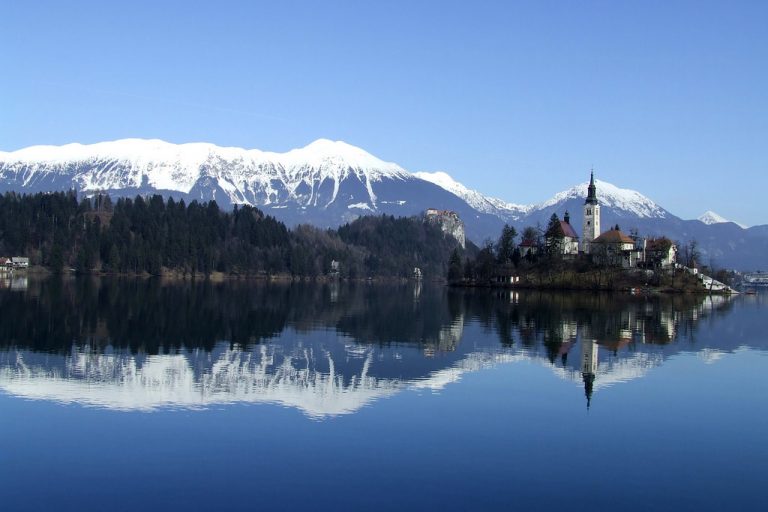
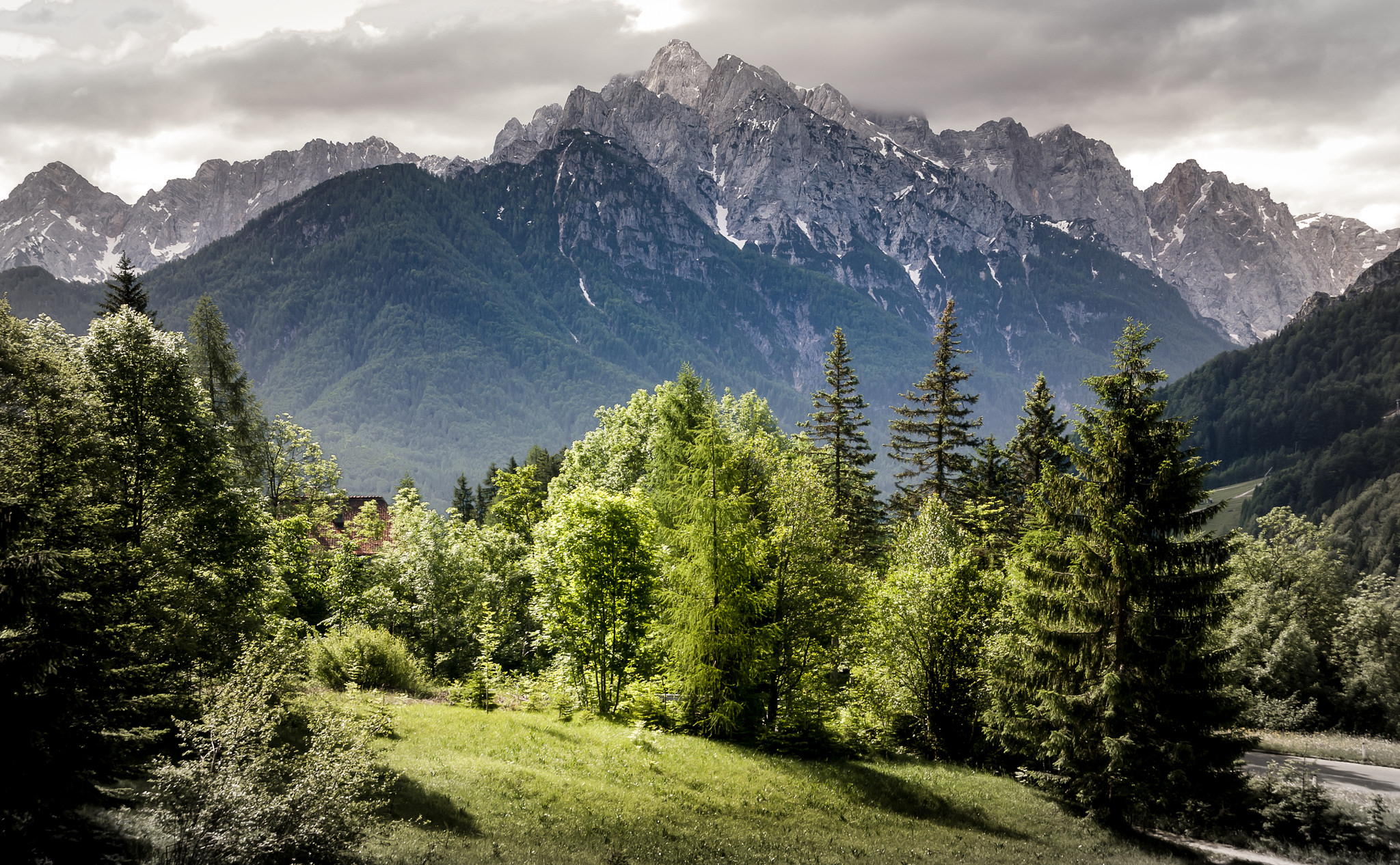

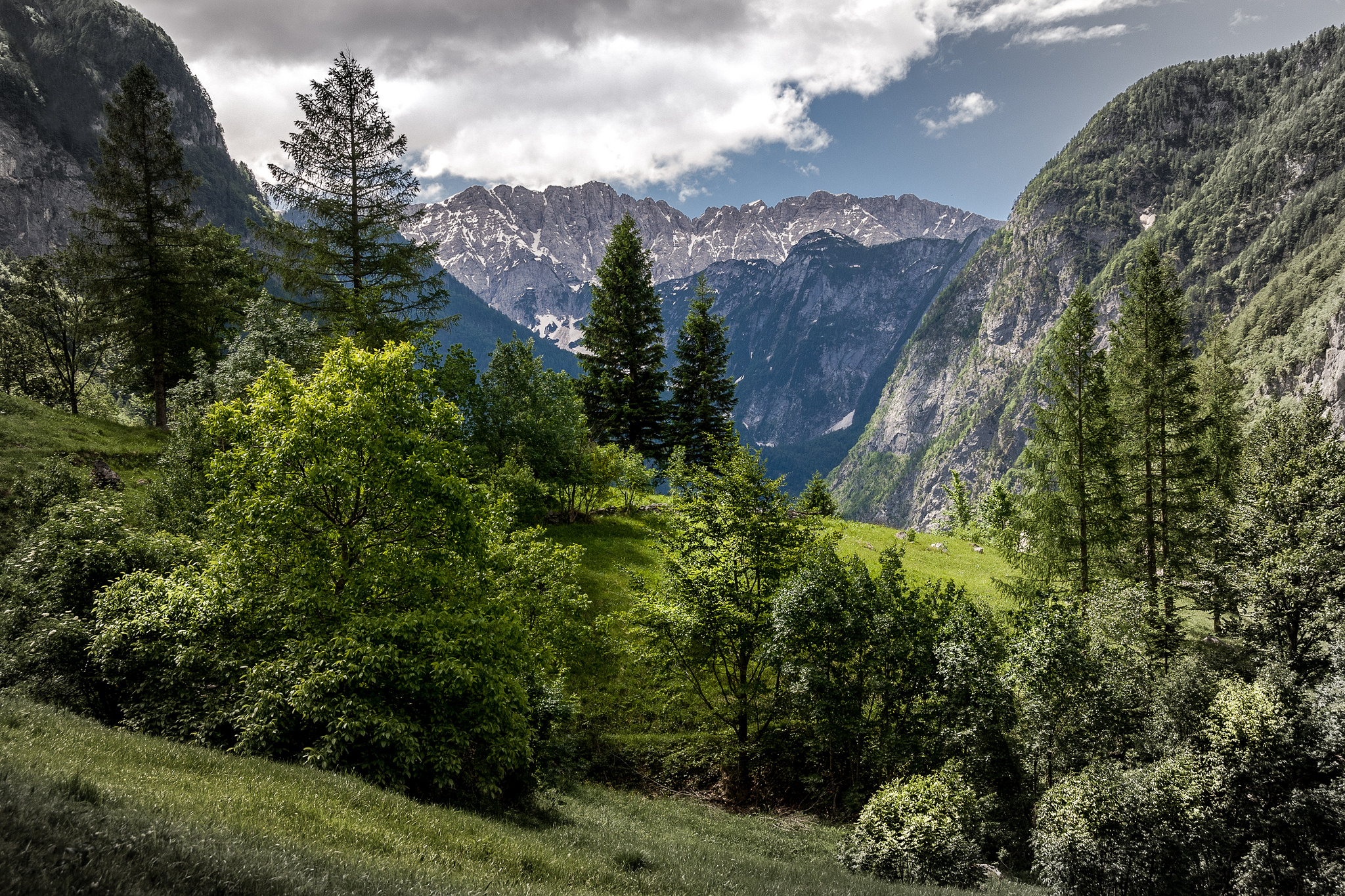
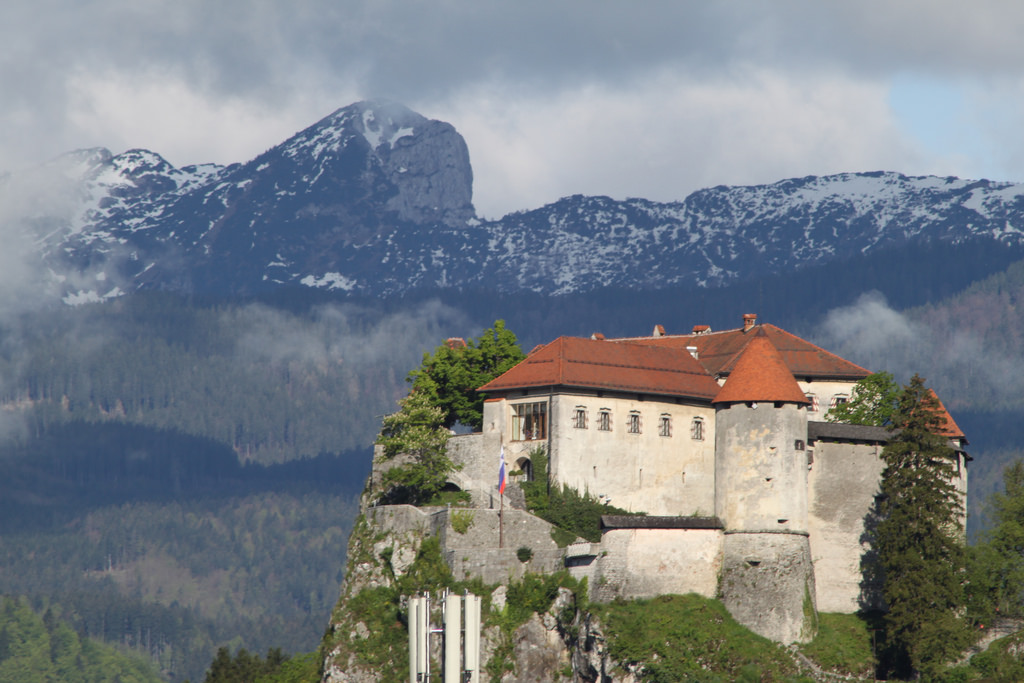
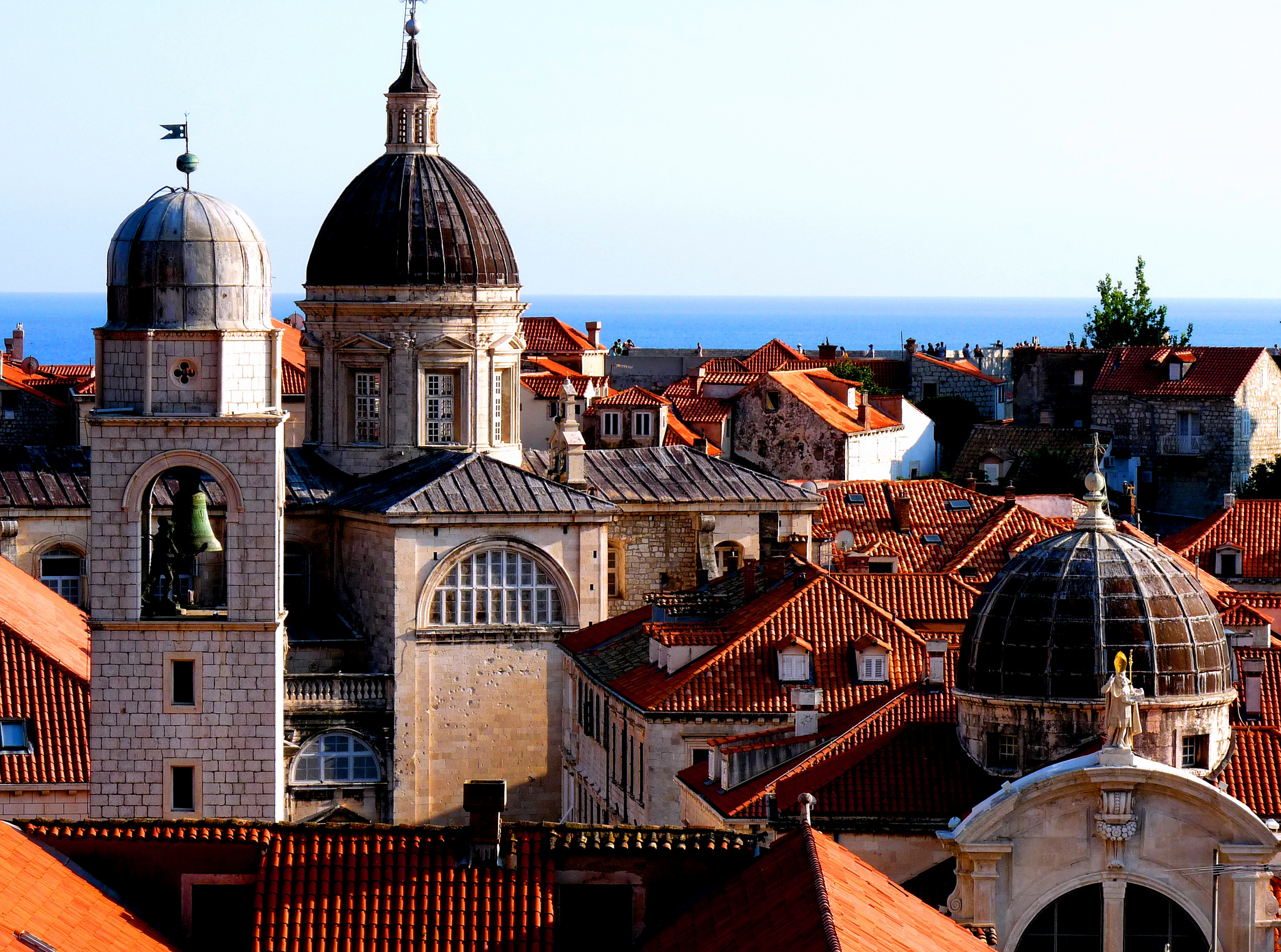
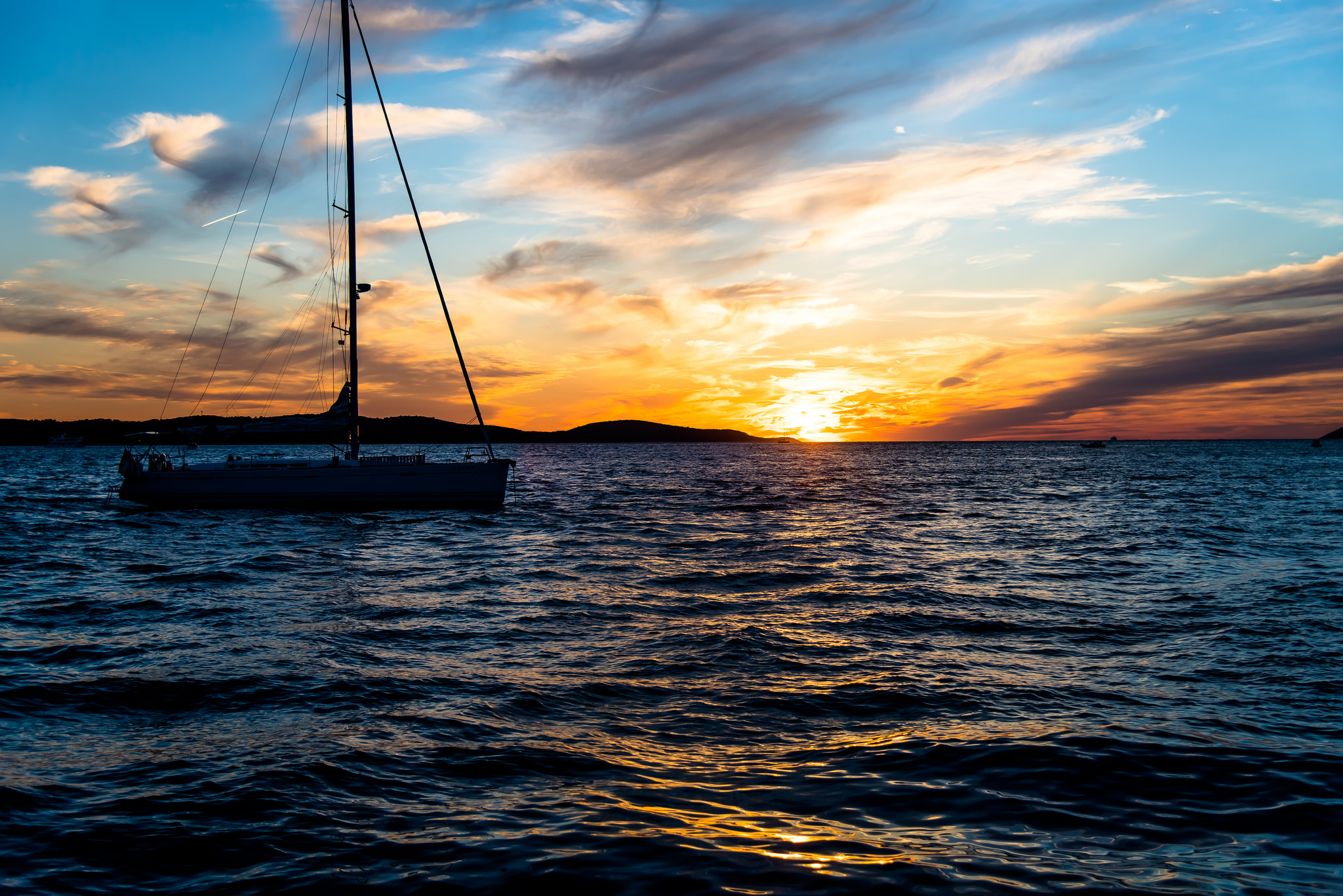




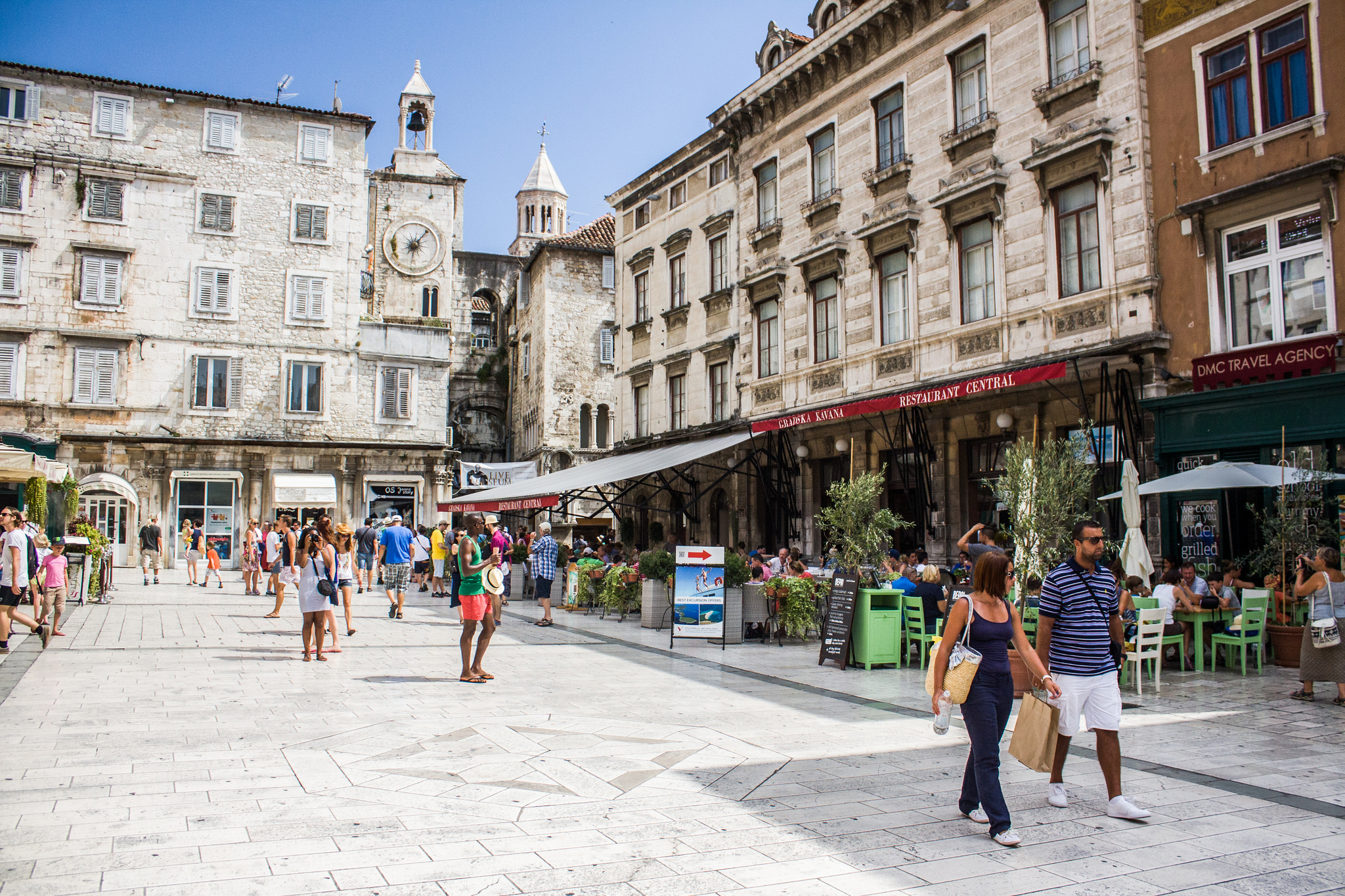


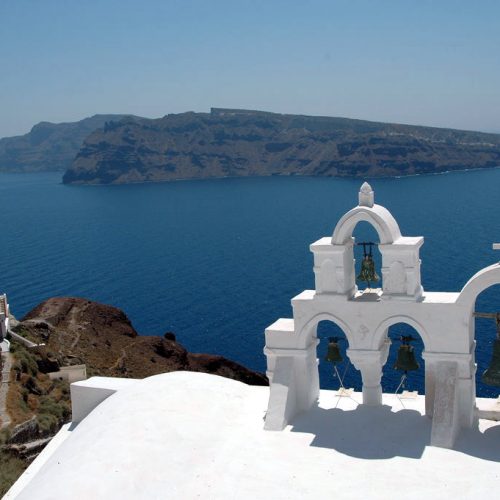
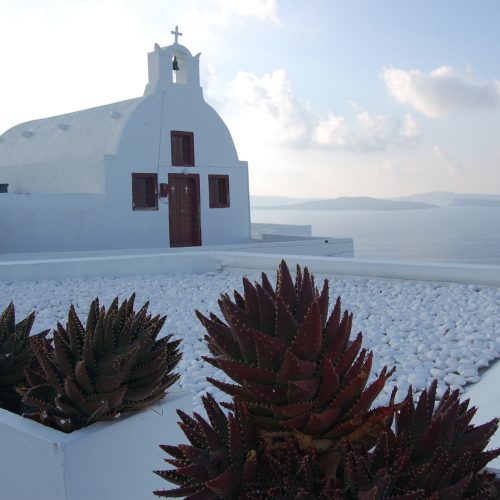
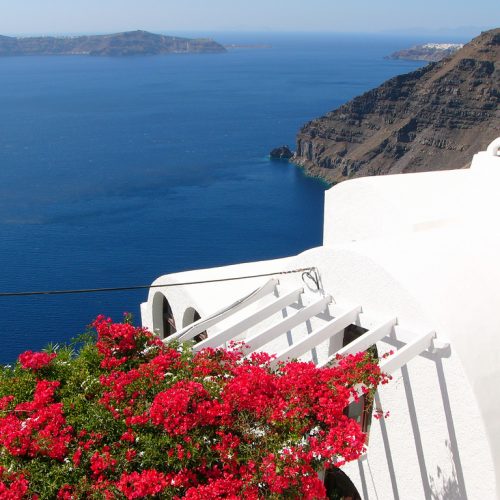
Reviews
There are no reviews yet.